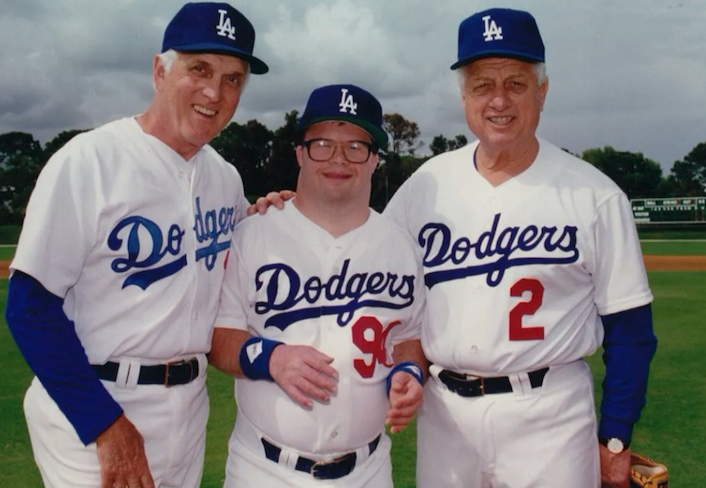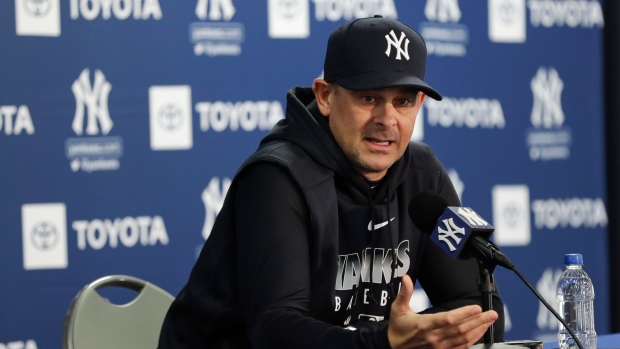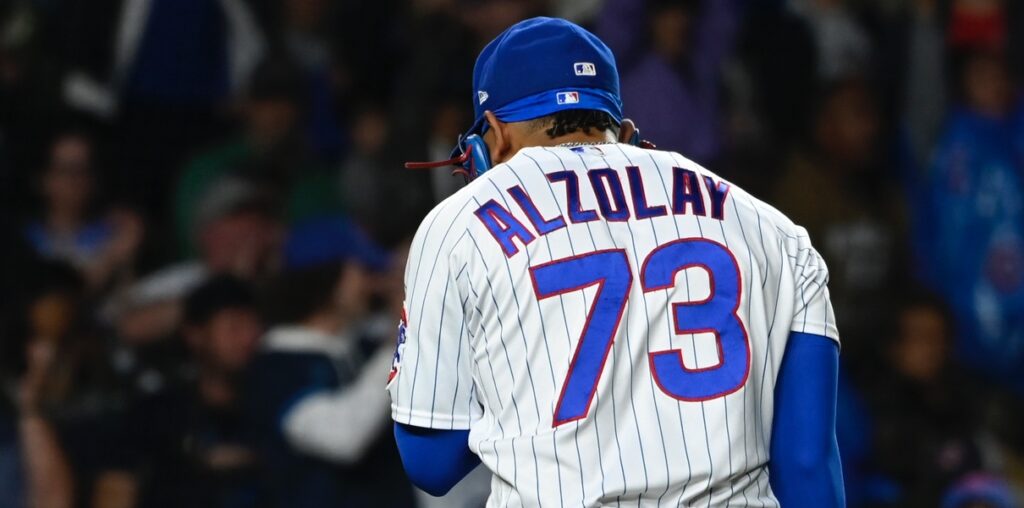Carl Erskine, a Star Pitcher of the Dodgers’ Glory Years, Is Dead at 97
The record-setting pitcher known as Oisk in Brooklyn was the last surviving member of “The Boys of Summer.”
Carl Erskine, who set a World Series strikeout record, threw two no-hitters and became one of the Brooklyn Dodgers’ top pitchers in their glory years of the 1950s, died on Tuesday in Anderson, Ind., his hometown. He was 97.
His death, in a hospital, was reported on the Dodgers’ website and confirmed by his family, according to IndyStar, the website of The Indianapolis Star.
On a July day in 1948, Erskine arrived at Ebbets Field for the first time.
“The Brooklyn fans, from reading the papers, were aware that this kid pitcher was coming up from Fort Worth,” he once recalled.
“I got off the subway and I had my duffel bag with me, ‘Fort Worth Cats’ on the side. Well, as I got near the rotunda of Ebbets Field, people spotted me.
My first introduction to Ebbets Field was:
‘Hey, there’s Oiskine. From Fort Woith.’ It was just a natural turn of the tongue in Brooklyn.”
Oisk, as he came to be known by his Brooklyn fans, was among the most popular Dodgers, and over the years he was often sought out by sportswriters for his insightful observations.
He teamed with pitchers like Don Newcombe, Preacher Roe, Clem Labine, Johnny Podres, Billy Loes and Joe Black, and a lineup featuring Jackie Robinson, Roy Campanella, Pee Wee Reese, Duke Snider, Gil Hodges, Carl Furillo and Jim Gilliam during the Brooklyn team’s heyday in the early and mid-1950s.
From left:
Joe Black, Carl Erskine, Preacher Roe, Billy Loes and Johnny Rutherford. Credit…
Associated Press
Erskine was the last survivor of the 13 Dodger players of his time who were profiled by Roger Kahn in his 1972 book, “The Boys of Summer,” telling of their exploits on the field and the lives they led when their baseball years had ended.
Although struggling with a sore pitching shoulder throughout his career, Erskine, an unimposing presence on the mound at 5 feet 10 inches and 165 pounds, employed a superb overhand curveball to help the Dodgers capture five pennants (the first in 1949 and the rest in the 1950s) and the 1955 World Series championship, the only one in their history before they moved to Los Angeles in 1958.
His 14 strikeouts in Game 3 of the 1953 World Series against the Yankees, a complete-game 3-2 victory, has been eclipsed only by the Los Angeles Dodgers’ Sandy Koufax, who had 15 strikeouts against the Yankees in 1963, and the St. Louis Cardinals’ Bob Gibson, who struck out 17 Detroit Tigers in 1968.
In the 1952 World Series, also against the Yankees, Erskine pitched an 11-inning complete game, retiring the last 19 batters in the Dodgers’ 6-5 victory.
There is no formula, scoring system or checklist in determining the news value of a life. We investigate, research and ask around before settling on our subjects. If you know of someone who might be a candidate for a Times obituary, please suggest it here.
He pitched no-hitters against the Chicago Cubs in 1952 and the New York Giants in 1956, both at Ebbets Field. His best season was 1953, when he was 20-6 and led the National League in winning percentage at .769.
Soon after Erskine retired from the game, his family faced a challenge far afield from the baseball world.
Jimmy Erskine, the youngest of four children raised by Carl and his wife, Betty, was born in 1960 with Down syndrome, at a time when community resources for such children were limited.
The Erskines resisted a customary route of placing Down syndrome children in a group home.
Jimmy remained with the family in Anderson, worked at an Applebee’s and swam, bowled and golfed in the Special Olympics, which were founded by Eunice Kennedy Shriver for intellectually challenged young people and adults.
Carl and Betty raised funds for the games and often told of Jimmy’s accomplishments.
Erskine felt that there were parallels between the public’s attitude toward people like Jimmy and the pioneering achievements of Jackie Robinson in breaking the modern major league color barrier with the 1947 Dodgers.
“Jackie made people look beyond race, inside their own souls, inside the depths that made them human, and see the light,” Erskine wrote in “What I Learned From Jackie Robinson” (2005, with Burton Rocks).
“In doing so, Jackie likewise changed the way people viewed each other.”
Mast for The New York Times
Carl Daniel Erskine was born in Anderson, some 40 miles northeast of Indianapolis, on Dec. 13, 1926. His father, Matt, who worked for Delco Remy, a General Motors supplier, pitched semipro baseball and taught Carl to throw a curveball.
Erskine pitched for his high school team and, after serving in the Navy, progressed through the Dodgers’ minor league system.
After pitching briefly in relief as a Dodger rookie, he injured a muscle in his right shoulder in his first major league start. But he was gritty enough to pitch through the pain in his 10 seasons for the Dodgers in Brooklyn, and a year and a half in Los Angeles. He was the starting and winning pitcher in the Dodgers’ first game at the Los Angeles Coliseum, a 6-5 victory over the San Francisco Giants on April 18, 1958.
Erskine pitched his last game in June 1959, then retired at age 32 from the effects of his shoulder injury. He had a career record of 122 victories and 78 losses.
He later coached the Anderson College (now Anderson University) baseball team in Indiana, became a partner in an insurance firm and was a senior executive of a local bank.
He was also a director of BAT, the Baseball Assistance Team, which was founded in 1986 to provide medical, financial or psychological assistance to former baseball figures in need
In addition to Jimmy, he and his wife, Betty (Palmer) Erskine, had two other sons, Gary and Danny, and a daughter, Susan. Jimmy died in November at 63. Complete




